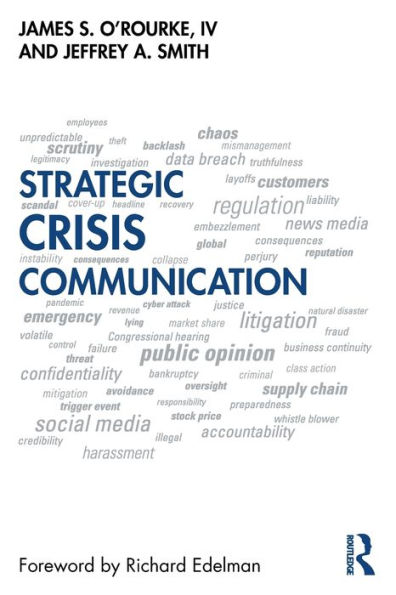James Scofield O'Rourke, IV
James Scofield O'Rourke, IV is an American rhetorician and professor of management with a global reputation in business education. He has taught for more than 30 years at the University of Notre Dame, pursuing research specialties in crisis management, change communication, and reputation management. He is the author of numerous academic texts and trade books, and is directing editor of nearly 400 business school case studies.
Jeffrey A. Smith
Jeffrey A. Smith leads Strategic Corporate Communications, counselling on crisis management, employee communications and professional staffing. Formerly Vice President, North American Corporate Communications, at American Honda Motor Co., Inc., he was a trade association executive and senior staff member in the United States Congress. He holds a Bachelor of Arts degree from Georgetown University.



